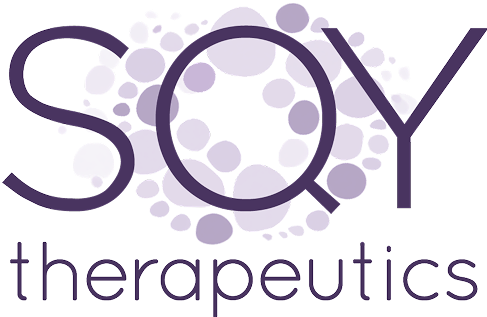What is Antisense
Oligonucleotide (ASO) Therapy?
Antisense oligonucleotide (ASO) approach is a personalized therapeutic avenue based on single-stranded synthetic nucleic acid chains targeting and modulating gene expression through complementary base pairing.
Such oligonucleotides are designed to identify and bind with high specificity a particular sequence on messenger RNA (mRNA) or pre-mRNA and modulate its maturation and fate.
According to their mechanism of action, ASOs can be categorized into several types:
Gapmer‐type ASO bind to their target mRNA to form DNA:RNA hybrids that recruit RNase H for the cleavage and degradation of mRNA.
siRNAs enter the cell as double strands and are incorporated into the RNA-induced silencing complex (RISC), where the siRNA gets unwound. The resulting unwound siRNA bind to its target mRNA to induce cleavage of complementary mRNA and consequently block protein translation.
Splice-switching ASOs bind to pre-mRNA and modulate the splicing process to exclude specific exons allowing the production of a functional protein from a mutated gene.


Antisense oligonucleotides are incredibly versatile molecules offering promising new perspectives for the treatment of genetic diseases, whether rare or more common.
ASO therapy also represents a significant advancement in the field of personalized medicine.

Based on antisense oligonucleodies, exon-skipping is a one of the most promising therapeutic avenue to correct genetic defect.
ASOs binds with high affinity on pre-messenger RNA (pre-mRNA) prior splicing (mRNA maturation process) in a sequence-specific manner.
By interfering with key recognition elements of the splicing machinery, AONs “mask” the inclusion of a faulty or misaligned exon in mature RNA. This allows for “skipping” of the defective exon or restoration of an operational reading frame resulting in the production of a partially deleted but still functional protein.
Although the resulting protein is not completely normal, the newly rescued protein may be functional enough to improve the disease symptoms.
In the case of Duchenne Muscular Dystrophy, ASOs allow the removal of
a selected exon at one edge of the mutation to generate an exon-skipped DMD mRNA able
to produce a Becker Muscular Dystrophy (BMD)-like internally truncated dystrophin
retaining crucial protein functions. Exon-skipping therapy converts a severe DMD form of the
disease into a milder BMD phenotype.
